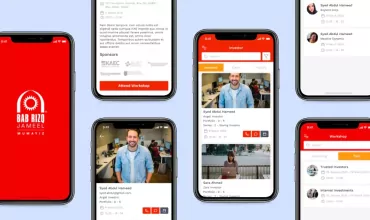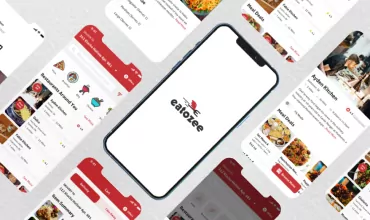AMP- It’s a Google Way to Rescue Publishers

Table of Contents
Recently, the tech giant Apple has stunned publishers by supporting ad-blocking facility in its devices. It is undoubtedly the welcome move from the users’ viewpoint, but then, many publishers who are largely dependent on the revenue generated by ads has been hit hard.
Tech Companies’ attempts to give relief
Although Apple has launched the facility of blocking ads in its newer iOS 9, its latest news reader has opened the doors of a new method of advertising for the publishers. Company’s all-new news reader app will enable publishers to give ads within the app, and the company will take 30 percent of total revenue earned by that from the publishers.
Facebook has also started allowing media partners to publish their stories directly to the site under ‘Instant Articles’ program. Publishers can get the revenue from ads either by placing them on the articles or split sales on ads.

How Google’s program is different
Finally, it is search engine giant- Google’s turn. Google has unveiled a new mobile publishing platform for news articles to load faster on smartphones. The platform is called the “Accelerated Mobile Pages Project” aka AMP and is solely focused on loading mobile WebPages instantly. Almost thirty publishers including news giants NYT, BBC, Washington Post, and WSJ are all set to publish their articles on AMP. Interestingly, social media sites like Twitter, Pinterest, and LinkedIn also agree to post their content directly on Google’s new platform.
Right now, Google has no deals with publishers regarding sharing of advertising revenue as its platform is in ‘test’ phase. Google is said to have a sole focus on loading pages faster than before even if they have hefty commercials. The search engine giant is working with publishers to decide the format of such ads to load any page on smartphones as quick as possible. It will certainly increase readers’ interest, and publishers will get more bucks through advertising and subscription.
Google’s formula for loading pages faster
A test version of AMP, as displayed by Google, showed that both large photos and headlines appeared in a carousel format at the top of Google search, which allows users to swipe to the next article on their smartphones. They can just tap on a link, and the article will be loaded almost instantly.
Conclusion
AMP service seems to have a ‘healing touch’ for the publishers who have hit hard by Apple’s ad-blocking facility. However, it is too early to consider that AMP will serve all the objectives of publishers while giving them good bucks in the form of ad revenue.



